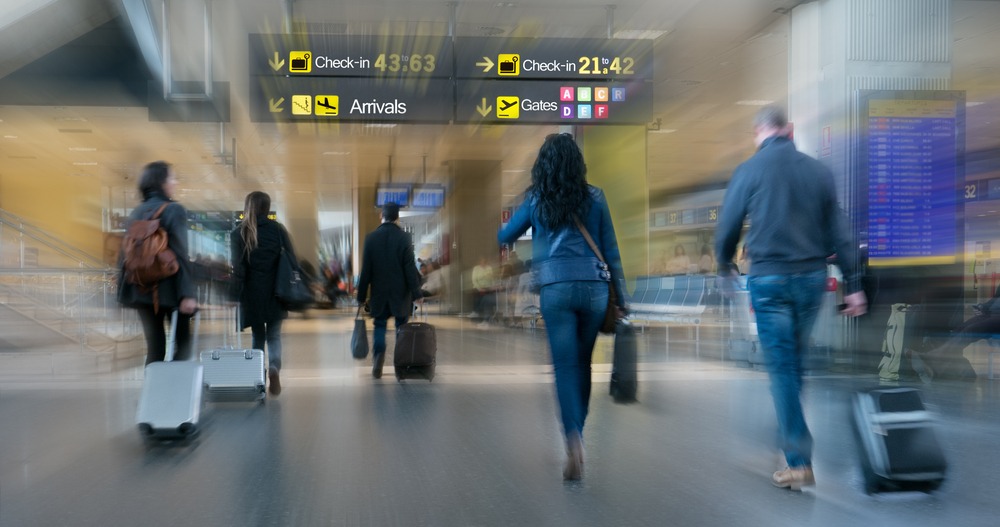
Air travel demand in May grew 7.7 percent compared to May 2016, according to the International Air Transport Association (IATA).
This figure is less than April’s 10.9 percent increase, but above five-year and 10-year average growth.
Load factor also increased 1.2 percent to 80.1 percent while capacity jumped 6.1 percent during May
Despite the increases, airfares when adjusted for inflation were 6 percent less expensive than 2016.
“Passenger demand is strong,” IATA Director General and CEO Alexandre de Juniac said. “And we don’t foresee any weakening over the busy summer months in the Northern Hemisphere. But the rising price of fuel and other input costs is likely to see airlines’ ability to stimulate markets with lower fares taper over the coming months. In parallel, rising trade protectionism and barriers to travel are worrying trends that, if unchecked, could impact demand. As a business, airlines depend on borders that are open to trade and people.”
Demand during July and August is expected to remain high, IATA forecasts.
In late June, the U.S. Department of Homeland Security announced enhanced security measures. The IATA supports enhanced security measures as an alternative to the electronic device ban, Juniac said, but believes the department’s timeline for implementation is too slow.